The man who had the courage to retrofit a USB-C port to an iPhone X has now created the world’s first Android phone with a Lightning port. Electronic engineer Ken Pillonel posted a video on YouTube Shorts, showing off the one of a kind device on 1st April 2022. Despite being April Fool’s Day, the device is not a mock-up as it is able to charge and transfer data over a Lightning cable.
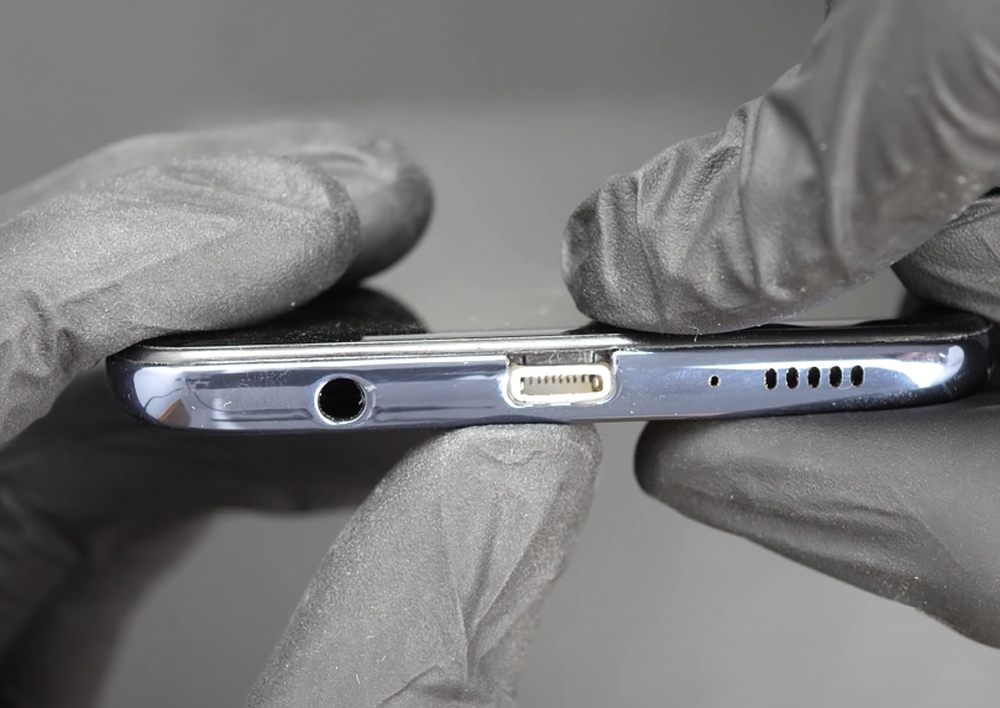
For this Frankenstein project, Pillonel sacrificed a Samsung Galaxy A51, but he did not say exactly why he shortlisted this Android smartphone. According to him, this modification was more complex and required some out-of-the-box thinking. The reason was because of restrictions Apple has made to the Lightning cable. The biggest challenge was to trick the cable into thinking it was plugged into an Apple device. On top of that, he had to figure out how to fit the modified component into the Galaxy A51.
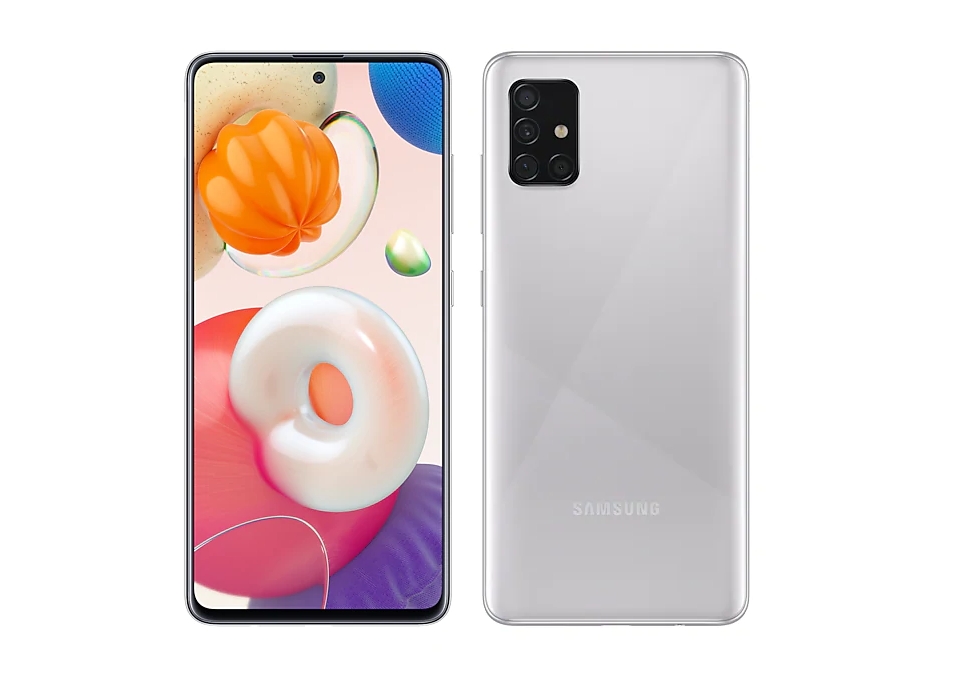
Despite the tough challenge, Pillonel said the project was easier to complete compared to the USB-C iPhone X. Firstly, he had learned a lot from the previous project which helped him create a framework for his latest project. Moreover, he is learning new things every day that can help him complete his mods faster. Secondly, he put less effort into creating a polished product, which saved him some time.
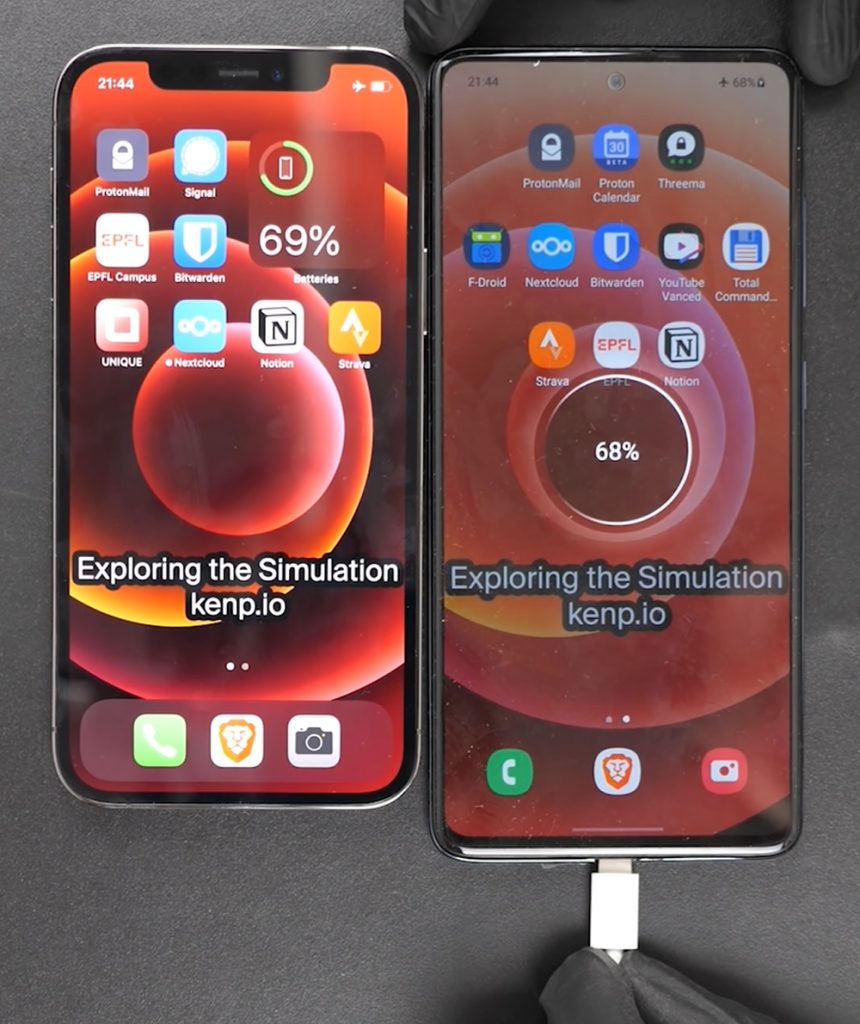
Just like he did with the USB-C iPhone X, a full tutorial on how to engineer an Android phone with a lightning port will soon be available on his YouTube channel. Why would anyone want to ditch an industry-standard USB-C connection for a proprietary Apple connector is beyond me. Pillonel said this was meant to be a fun project as he wanted to see if he could pull it off. So, if you’re a curious human being like him, you can take a crack at it as well.
If you are thinking about taking the easier route and buying it off him, well you’re out of luck. The world’s first Android phone with a working lightning port is not for sale. “I didn’t want to force trying to sell it because that’s not really who I am. I want to focus on my engineering and science projects,” Pillonel said. However, he did put the USB-C iPhone X on sale on eBay. But that turned into a mess as he ended up getting fake bids over USD100,00 (RM421,050).
Apple’s Lightning connector made its debut on the iPhone 5 back in September 2012 and was touted as the “connector for the next decade.” Since then, every mobile device and accessory in Apple’s line-up has carried the Lightning port. But since late 2018, Apple has been transitioning its iPad line over to USB-C. The only variant that still retains the Lighting connector is the base iPad because the supported first-gen Apple Pencil charges via the Lightning port.
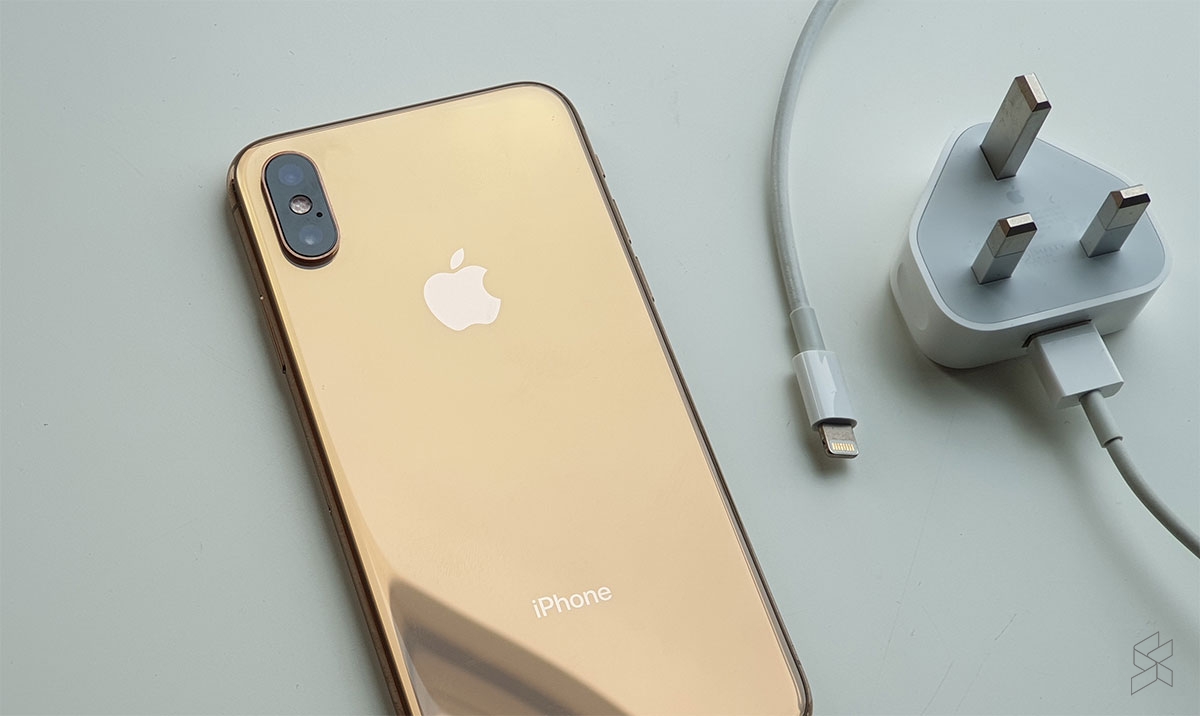
As Apple’s bread and butter product, the iPhone still retains the Lightning port a decade later just as Apple envisioned. Given the iPhone’s popularity, there is a wide range of third-party products and accessories that have been designed using the Lightning connector. These OEMs need to pay Apple a fee to obtain Apple’s Made for iPhone (MFi) certification and licensing, which has been a steady income stream for the Cupertino company. So, it’s only logical to replace one proprietary standard with another to maintain the income source, right?
As such, it is widely believed across the tech industry that Apple might ditch the charging port entirely in favour of its proprietary MagSafe wireless charging standard. If anyone has the courage to do it, it’s definitely Apple.
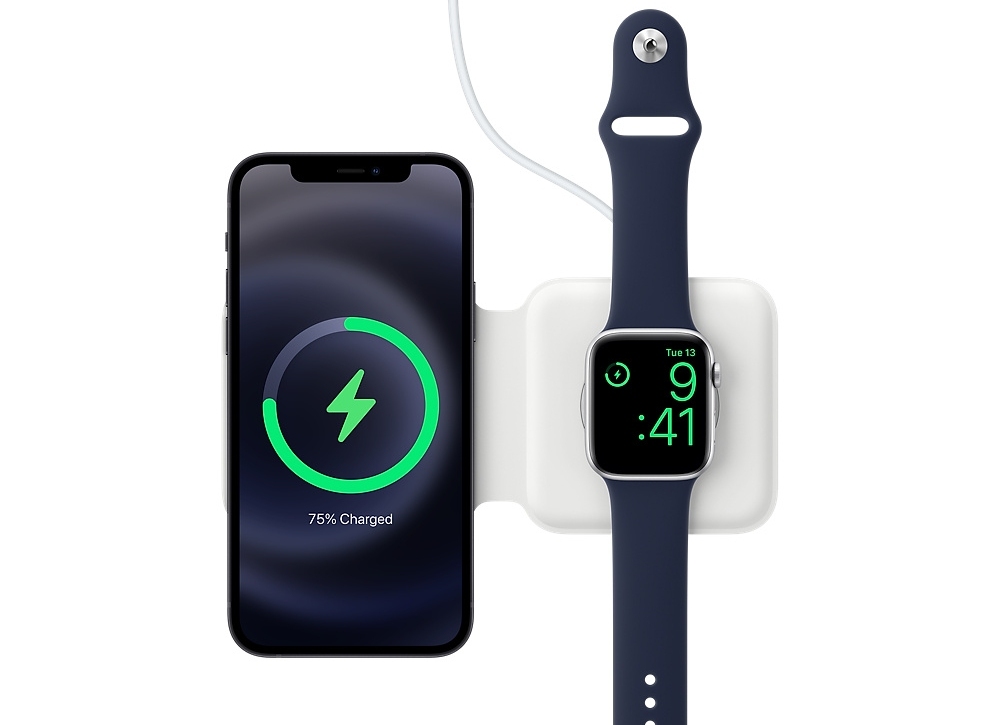
Would you buy a phone without a charging and data port or have you completely transitioned to a wireless charging ecosystem? Let us know in the comments.
0 comments :
Post a Comment